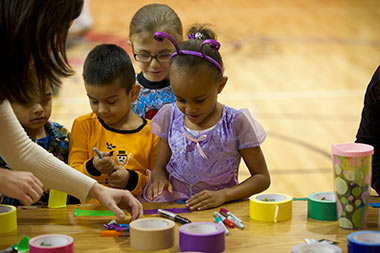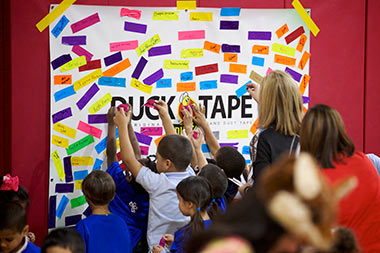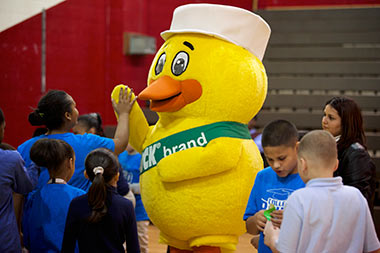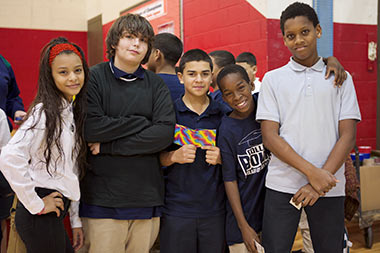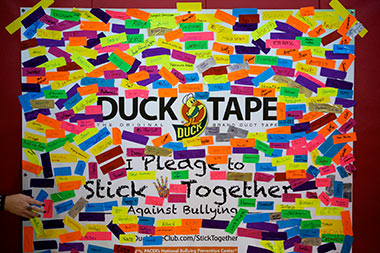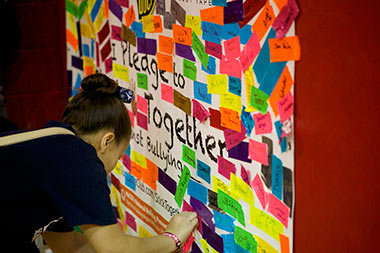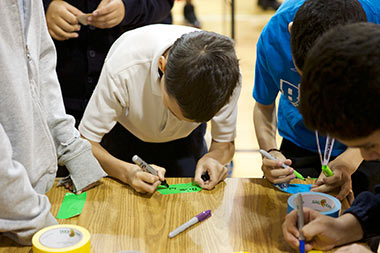Be Kind® Stick Together®
Be Kind® Stick Together®
Help us "Be Kind® Stick Together®" against bullying. Get some tips and resources to help.
I Pledge to Be kind® Stick Together® Against Bullying
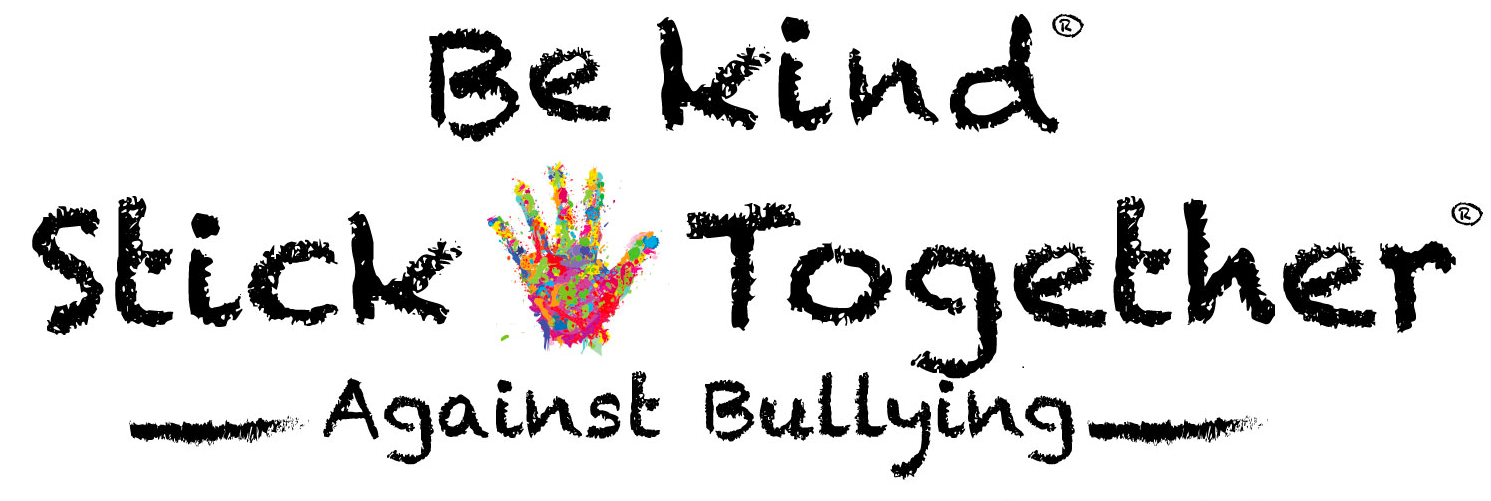
Be Kind® Stick Together®
Join the free, character education program offered to schools and youth organizations by Values-in-Action and Duck Brand ®. Be Kind & Stick Together aims to provide a fun and different way to increase kindness, combat bullying & decrease negative behaviors. Join the free, character education program offered to schools and youth organizations by Values-in-Action and Duck Brand ®. Be Kind & Stick Together aims to provide a fun and different way to increase kindness, combat bullying & decrease negative behaviors.
Teachers Talk About Be Kind® Stick Together®
Hear what educators are saying about the program
I like that the “Stick Together” is encouraging anti-bullying. Any opportunity for positive reinforcement is great!
Mrs. Duffy
7th Grade Art Teacher
The anti-bullying part is absolutely amazing and what we needed, you guys are awesome and thank you so much for coming.
Mrs. O’Rourke
School Counselor
This was a great activity for the kids. They love the brand and it brought an important message that instill in them already.
Mr. Baker
8th Grade Teacher
10 Tips to Help Prevent Bullying
PACER's NBPC provides innovative resources for students, parents, eucators and others
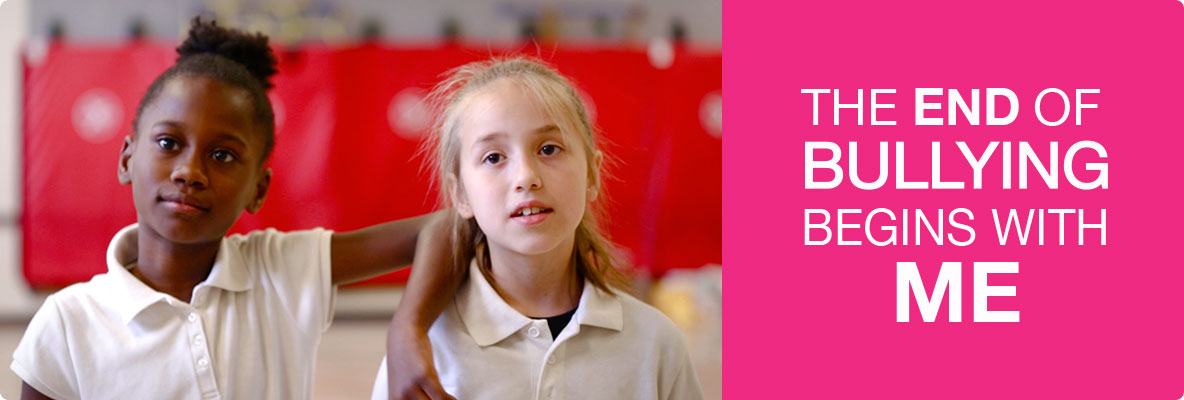
-
If your child is being bullied at school, you can help. Work with your child and the school to make sure your child is safe.
-
Contact the school every time your child is bullied. Write down the events and what they tell you and keep their e-mails & messages.
-
Only 25-50% of bullied children will talk to an adult about the situation. Be proactive, talk to your child about bullying and what they can do.
-
Be aware of what your child is doing online. Establish rules about your access to your child’s texts, emails, and social networking sites.
-
Ignoring bullying doesn’t make it go away. Help your children develop strategies to address bullying, whether it’s directed at them or others.
-
There are lots of stereotypes about who gets bullied and why. Teach your child that no matter how a person looks or acts, no one ever deserves to be bullied.
-
If your child is bullying others, seek help from school personnel or other professionals to help you and your child learn how to address bullying behavior.
-
60% of bullying situations end when a peer intervenes. Encourage your child to help the target of bullying by reaching out, being inclusive, and being kind to him/her.
-
Know the bullying laws in your state. Visit http://www.stopbullying.gov/laws/index.html to find out how your state addresses bullying through legislation.
-
Parents have an important role to play in addressing bullying. The end of bullying begins with you. Visit www.PACER.org/bullying for more information.


